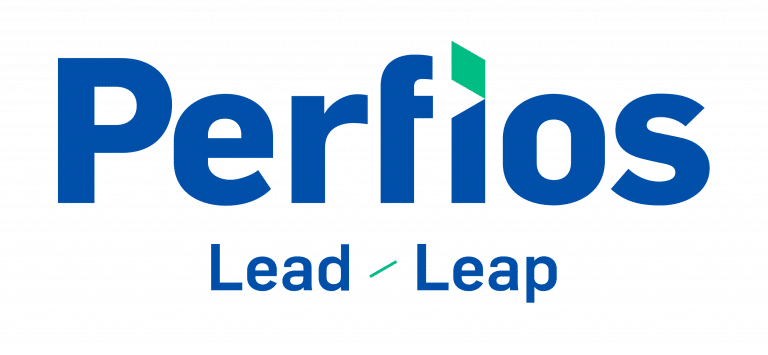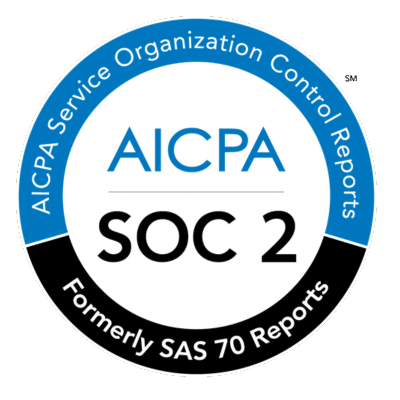Vivek Sharma has been an innovator at heart since his kindergarten days. A green technology evangelist and a firm believer in the climate cause, it has always been his dream to contribute meaningfully towards the Net Zero vision. So, no one was surprised when Vivek declined cushy corporate job offers in the final days of engineering and resolved to incorporate his waste-to-energy (WTE) venture to power SMEs in rural India.
However, reality struck the young entrepreneur hard once he entered the formal credit market, seeking capital for the startup. In the absence of an impressive credit score, substantial job experience, or mortgageable assets at his disposal, none of the lenders were ready to underwrite his project. Vivek has inculcated a healthy investment habit, maintains strict e-commerce discipline, files his returns on time, and pays the utility bills regularly. Nevertheless, if only those records could have facilitated access to the credit that he desperately needed to hit the ground running with his idea!
Disturbing similarities
Vivek’s story, though unsettling, is replayed nonchalantly in the backdrop of both the developed and developing economies, where the ordeals of the thin-file credit applicant are well known. Across the US, the world’s most powerful economy, 32% of millennials have been denied access to credit in 2020. Also, the country’s credit climate is chequered with instances of racial discrimination and bias at play. While the status quo in the US is indeed concerning, that prevailing in the world’s most populous democracy fares no better. Transunion CIBIL estimated that only half of India’s 400 million working population is credit active, and currently, over 80% of the country’s MSMEs are struggling to access formal credit.
Unaligned with the current needs
Reliable access to credit is essential for innovations to thrive and for socio-economic transitions to be continuous and seamless. In fact, ITU observes that inclusive financial access directly helps to enable at least seven of the 17 United Nations Sustainable Development Goals (UN SDG). However, besides sustainable development, failing to underwrite holistically have outsized and direct business implications for the financial institutions (FI). For instance, in India, 40% of the customers are new to credit. While such applicants are rejected outright by conventional credit underwriting models leaving huge market potentials unexplored. In addition, manually steered business rules, long turnaround time, inability to weave information into a single source of truth, limited transparency, and high operational costs constantly have also undermined vital business interests. This presents the case that conventional credit scoring practices have outlived their relevance in the Digital Era, driven by liberal sentiments and built on a solid foundation of data proliferation.
Bringing cognitive assist to elevate credit risk assessment
As a leader in real-time analysis and decisioning, Perfios, for long has been probing the possibilities of looking beyond the conventional variables that are used to attach risk with a given borrower persona. Living amidst a globalized market landscape where data is ubiquitously available within and beyond the financial ecosystem, the company felt an imminent need to shape the industry discourse on accessing non-traditional and alternate data streams to evaluate risk profiles with confidence and make credit available to those in need. Because while Fair & Responsible Lending resolutions are supposed to underscore the policies of all financial institutions, as long manual interventions and limited datasets are continued to be overly leveraged in underwriting, emotional bias and subjectivity are bound to creep into the lending outcomes.
Expanding the scope of lending decisions
In response, the Perfios AI offers banks and FIs a viable alternative to decoupling credit decisions from archaic policy-driven/rule-based underwriting, rendering them equitable, practical, and inclusive. The underlying concept of the SaaS platform is a radical break from the traditional loan scoring cards using statistical regression to arrive at a composite credit bureau score, factoring only up to 20 data variables and leaving enough room for diverse interpretation as per the emotional posturing of an underwriter. Instead, Perfios AI adopts a holistic approach, using not only the data residing in the bank’s Loan Origination System (LOS), Core Banking System (CBS), and Trade Financing System (TFS) system, but also leveraging the company’s industry-wide integrations to pull in demographic data, non-credit transactional data, financial data, credit/savings history, transactional data, economic data, environmental data, and data of alternate digital origins for multidimensional credit profiling. Continuing with the opening example, as a student and a new to credit customer, Vivek indeed scored low as per the conventional benchmarks. However, his steady SIP installments, regular filing of tax returns, and consistent payment of utility bills, if considered for evaluation, would have reflected his bona fides.
Prioritizing transparency
Data crunching at such a massive level has been made possible by Perfios AI’s Neural Network, which uses a common data model to trace the relationship between disparate data variables. Additionally, it is a complete self-learning system, using ML algorithms to train and evolve continuously. Generated by machine intelligence, the credit score delivered by Perfios AI has no traces of prejudice and predispositions, which usually entails human aptitude, compromising lending decisions.
But then, operating in an emotionally sterile environment, is the decision engine of Perfios AI essentially a Black Box? Most importantly, how confident would be the underwriters and approval leaders in trusting algorithms with business-critical decisions? Perfios values transparency as an enabler and acknowledges its role in expanding the credit bases sustainably, balancing the interests of the lenders and the borrowers alike. Perfios AI provides the underwriter with a Borrower Score and a Loan Eligibility decision. But unlike its peers, to ensure a model level and loan-level transparency, it also delivers an additional array of information, including the list of data sources, the confidence level of the decision, and recommendations around the approved amount, interest rate, loan term, and repayment frequency, allowing lending decision-makers to deep dive into the credit profile of an applicant and make most of the business opportunity. Further integrated reporting and analytics delivering end-to-end visibility enable the decision-makers to be at the helm of all the outcomes.
Humanizing lending
For instance, in the case of Vivek, instead of an outright rejection, a bank operating with Perfios AI may have approved a fraction of the total credit applied for, based on a series of explainable alternate data sources, at a displayed rate of confidence. Also, the open credit decisioning culture promoted by Perfios AI is only rivaled by the exceptional agility that the modular platform brings to the table. With the flexibility to directly configure financial product-specific business rules and targets on top of the platform, customers can now be benefitted from the latest policy transitions in real-time, bypassing bureaucratic complexities.
Perfios AI in action
Perfios AI is a battle-tested product with many milestones to its name. Nevertheless, while successes are multiple, some are worth mentioning for the sheer ingenuity of the approach. For instance, to an NBFC looking to disburse nano loans to the unbanked segments with zero credit exposures, Perfios AI provided an automated underwriting pathway, operating in the straight-through processing (STP) model. The platform’s AI-driven recommendation model was fed with the available TELCO and digital wallet data to segment the customer base. The marketing funnel was loaded with data on the prospects’ eligibility and possible borrowing capacity. Based on this framework, an Instant Lending Decisioning model auto disbursed loans directly into the borrower’s wallet within just 2 minutes. Using Perfios AI, the institution has approved over 1.6 million loans, adding 2,60,000 new customers into its portfolio. However, most importantly, the institution has maintained its loss levels below 3.5%.
Conclusion
In the current socio-economic context, where the rift between income and well-being are consistently diverging, manual underwriting, often clouded by inherent bias, prejudices, or vested interests, has come short in expanding credit access for minorities and low-income groups at the desired pace. While stifling growth at the bottom of the socio-economic pyramid, poor underwriting and crony capitalism have led to complexities like the Twin Balance Sheet Problem. To this extent, Perfios AI is a giant leap towards harnessing machine conscience to equalize fair and responsible lending, putting the non-negotiable ethical obligations of the FIs at the forefront.














